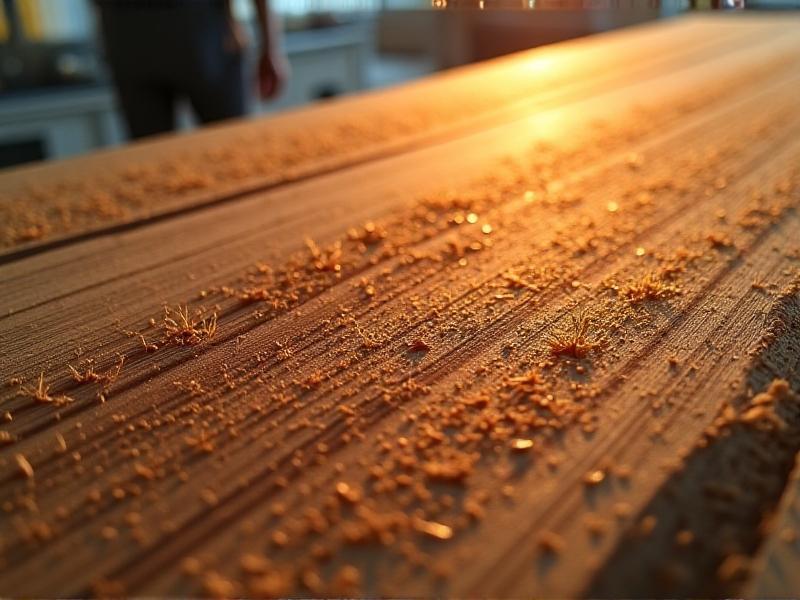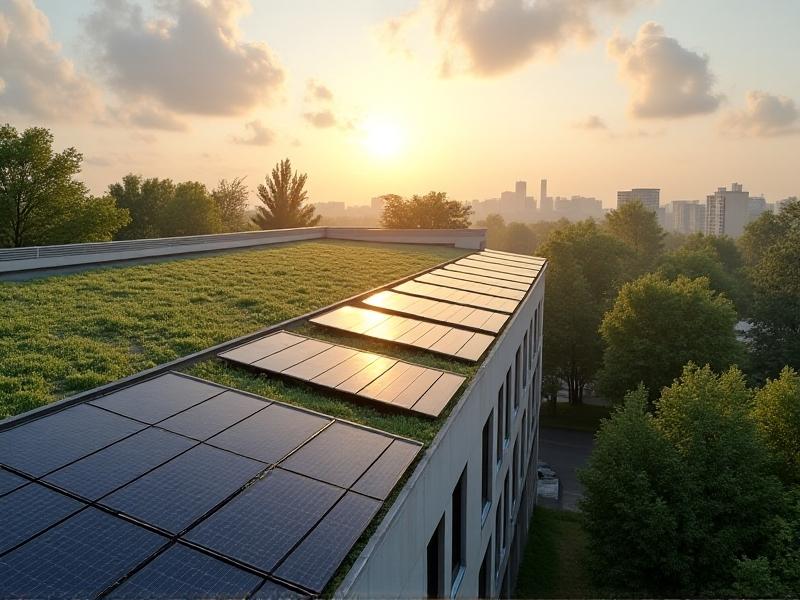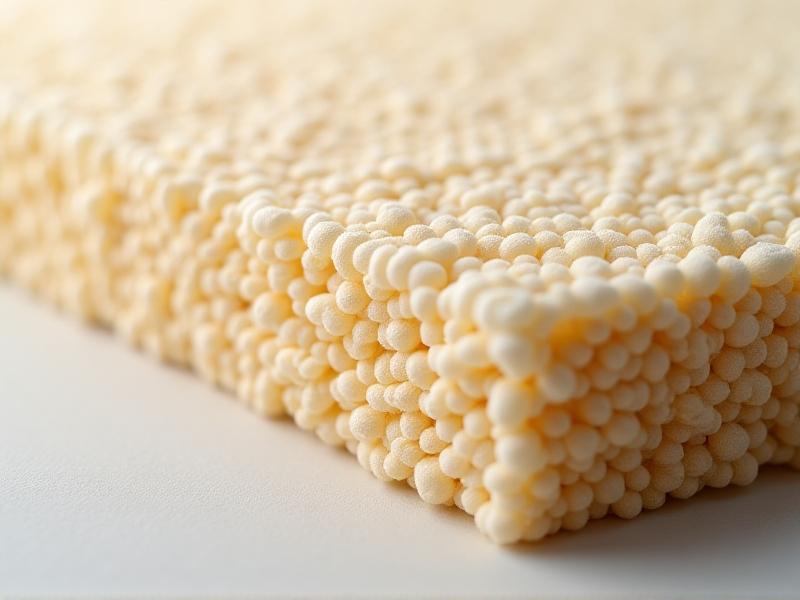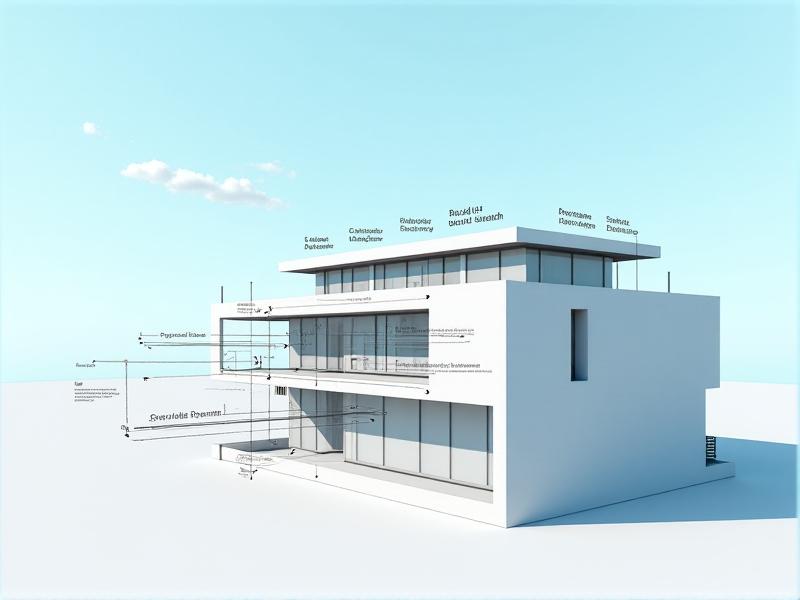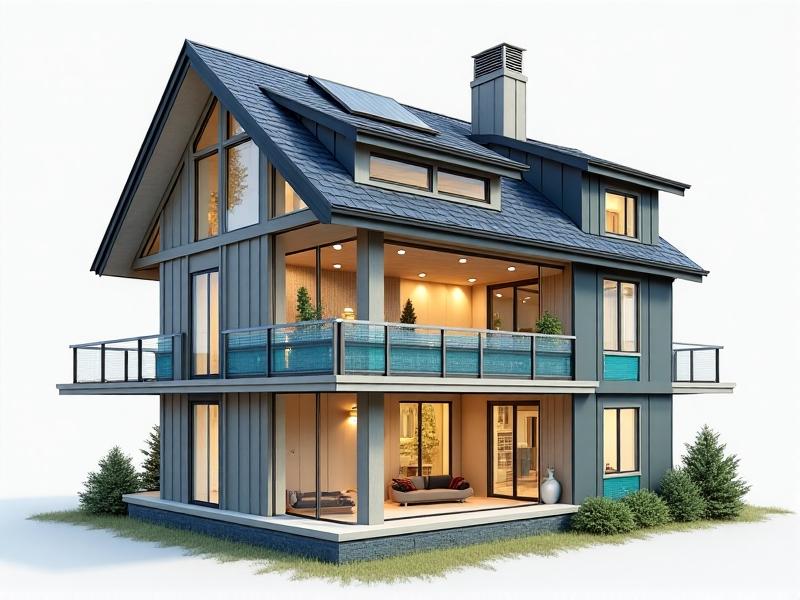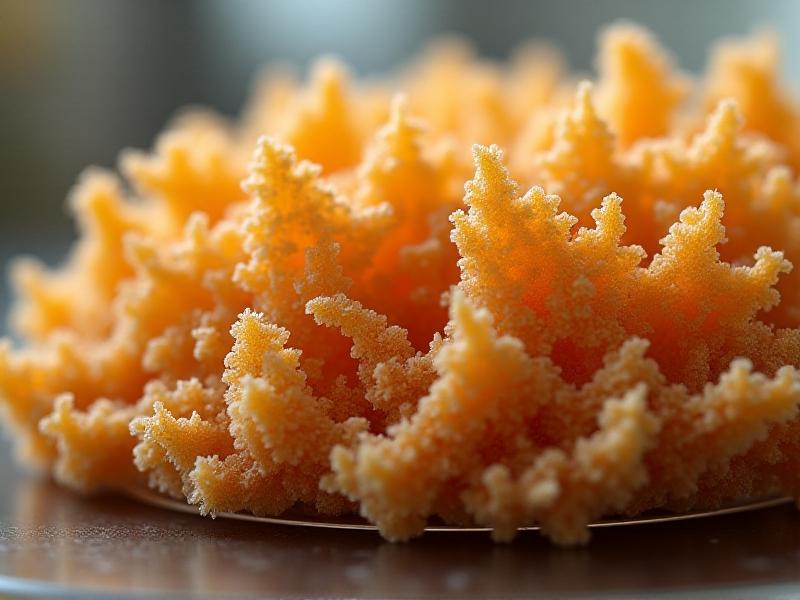Compressive Strength Requirements for Load-Bearing Myco-Walls
Introduction to Myco-Walls and Their Structural Potential
Myco-walls, constructed from mycelium—the root structure of fungi—are emerging as a sustainable alternative to traditional building materials. These bio-based walls are not only eco-friendly but also possess unique properties that make them suitable for various construction applications. One of the most critical aspects of using myco-walls in load-bearing structures is their compressive strength. This article delves into the compressive strength requirements for load-bearing myco-walls, exploring their potential, challenges, and future prospects.
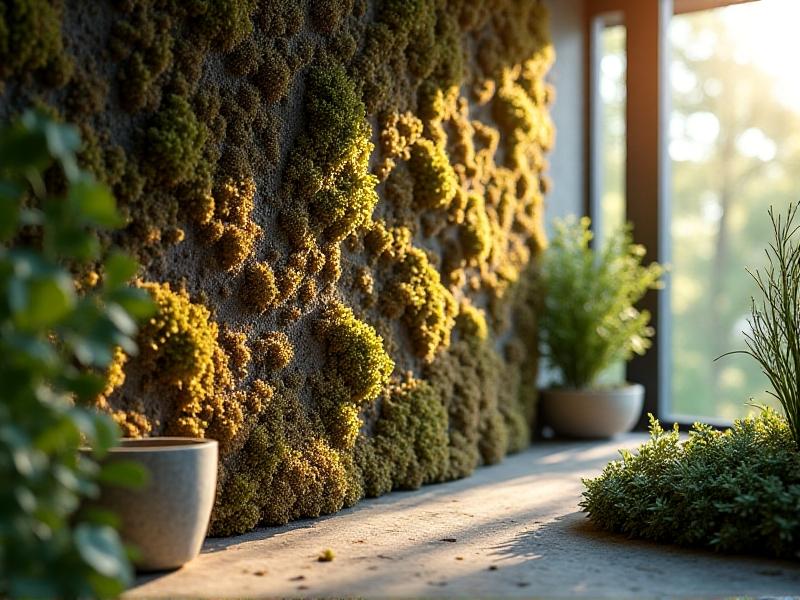
Understanding Compressive Strength in Building Materials
Compressive strength is a fundamental property of any building material, referring to its ability to withstand loads that tend to reduce its size. For load-bearing walls, this property is crucial as it determines the wall's capacity to support the weight of the structure above it. Traditional materials like concrete and brick have well-documented compressive strengths, but myco-walls present a new frontier. Understanding how mycelium-based materials perform under compression is essential for their adoption in mainstream construction.
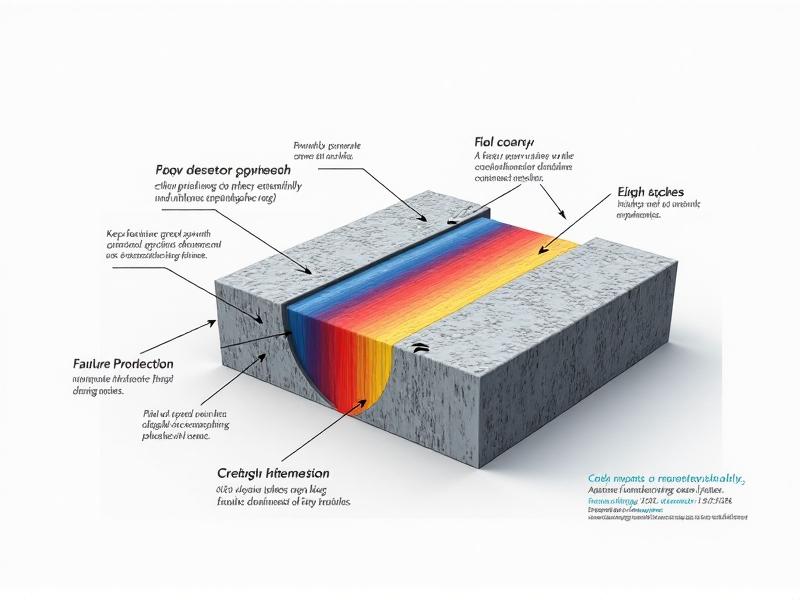
Factors Influencing the Compressive Strength of Myco-Walls
Several factors influence the compressive strength of myco-walls, including the type of fungi used, the substrate material, growth conditions, and post-processing techniques. The choice of mycelium species can significantly impact the wall's structural integrity, as different species have varying densities and growth patterns. Additionally, the substrate—often agricultural waste—plays a role in determining the final strength. Growth conditions such as humidity, temperature, and time also affect the mycelium's development and, consequently, the wall's performance.
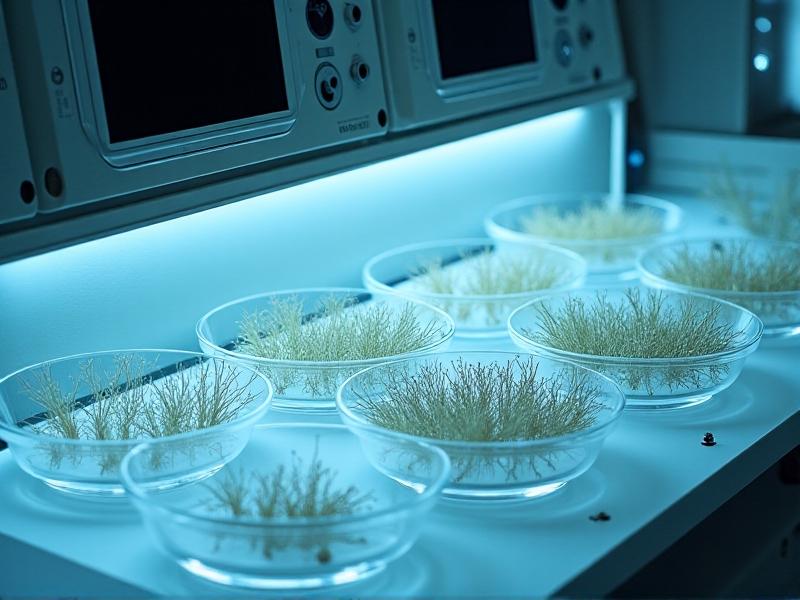
Testing Methods for Myco-Wall Compressive Strength
To determine the compressive strength of myco-walls, standardized testing methods are employed. These typically involve applying a controlled load to a myco-wall sample and measuring the point at which it fails. Testing can be conducted in both laboratory and field settings, with results providing valuable data for engineers and architects. Advanced techniques such as digital image correlation and acoustic emission monitoring are also being explored to gain deeper insights into the material's behavior under stress.
Comparing Myco-Walls to Traditional Load-Bearing Materials
When compared to traditional load-bearing materials like concrete and brick, myco-walls offer several advantages, including lower environmental impact and lighter weight. However, their compressive strength is generally lower, which poses challenges for their use in high-rise buildings or structures subjected to heavy loads. Ongoing research aims to enhance the compressive strength of myco-walls through material modifications and innovative construction techniques, making them more competitive with conventional options.
Case Studies: Successful Applications of Myco-Walls
Despite the challenges, there have been several successful applications of myco-walls in construction. For instance, temporary pavilions and small-scale residential projects have demonstrated the material's potential. These case studies provide valuable insights into the practical aspects of using myco-walls, including their performance over time and the lessons learned from their implementation. They also highlight the importance of interdisciplinary collaboration in advancing this innovative building material.
Future Directions and Research Opportunities
The future of myco-walls in construction looks promising, with ongoing research focused on improving their compressive strength and overall performance. Innovations in mycelium cultivation, substrate optimization, and hybrid material systems are expected to play a key role. Additionally, advancements in 3D printing and modular construction techniques could further enhance the feasibility of myco-walls in large-scale projects. As the demand for sustainable building materials grows, myco-walls are poised to become a significant player in the construction industry.
Challenges and Limitations of Myco-Walls in Construction
While myco-walls offer numerous benefits, they also face several challenges and limitations. These include issues related to durability, moisture resistance, and fire safety. Additionally, the current lack of standardized building codes and regulations for myco-walls poses hurdles for their widespread adoption. Addressing these challenges requires continued research, collaboration, and the development of best practices to ensure the safe and effective use of myco-walls in construction.
Conclusion: The Role of Myco-Walls in Sustainable Construction
Myco-walls represent a groundbreaking innovation in sustainable construction, offering a renewable and eco-friendly alternative to traditional building materials. While their compressive strength currently limits their use in certain applications, ongoing research and technological advancements are steadily overcoming these barriers. As the construction industry continues to prioritize sustainability, myco-walls are likely to play an increasingly important role in shaping the built environment of the future.

